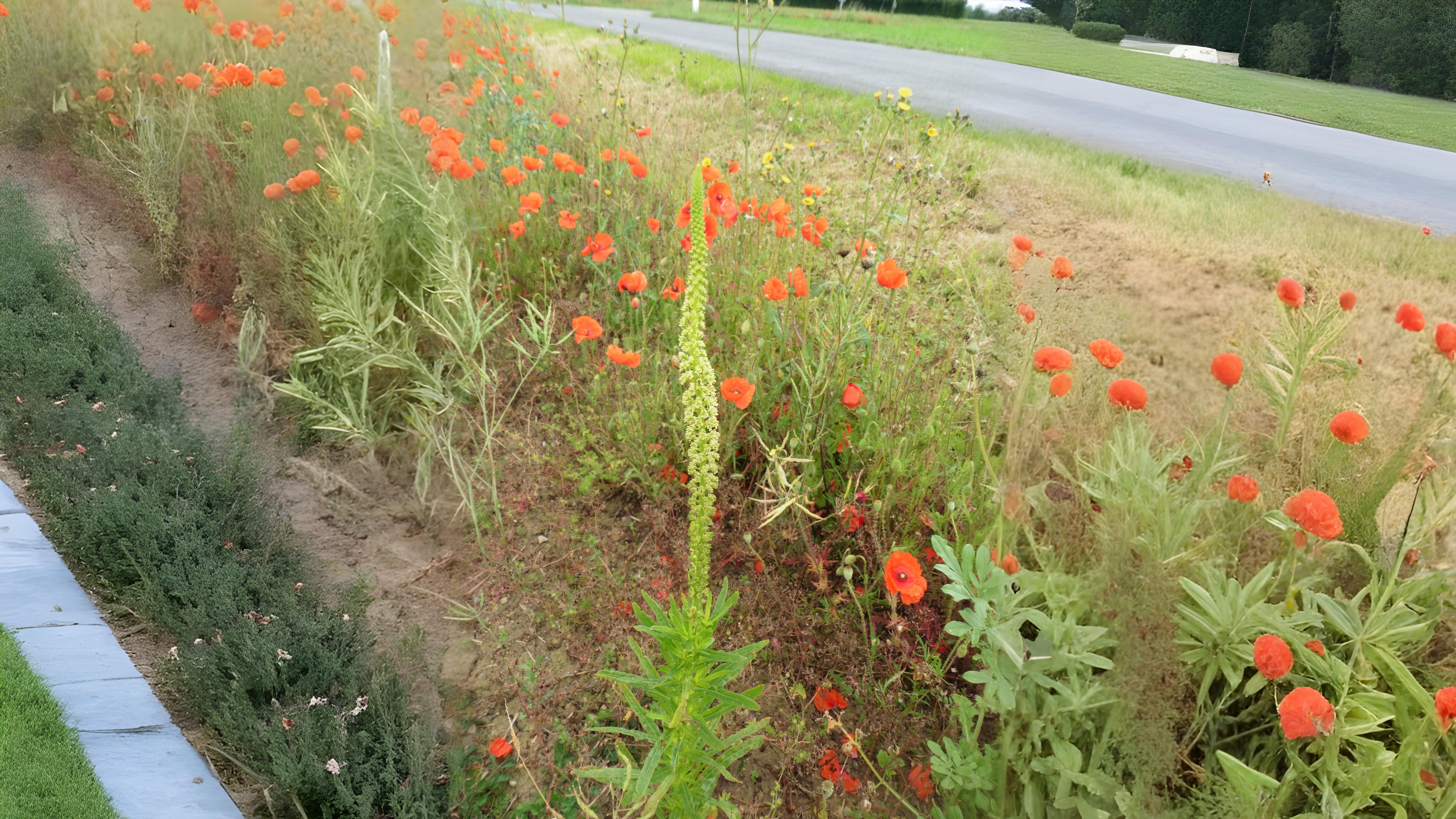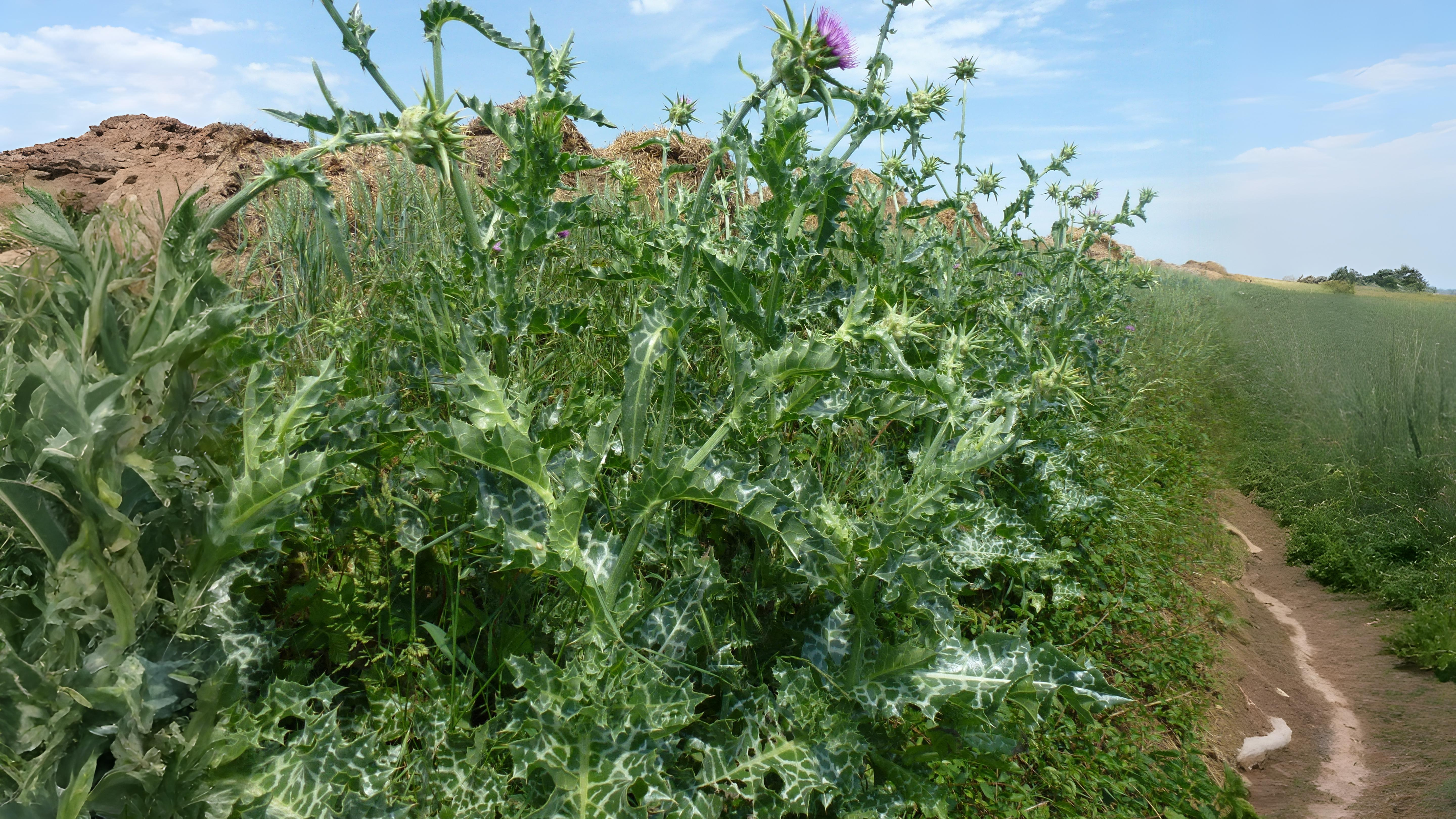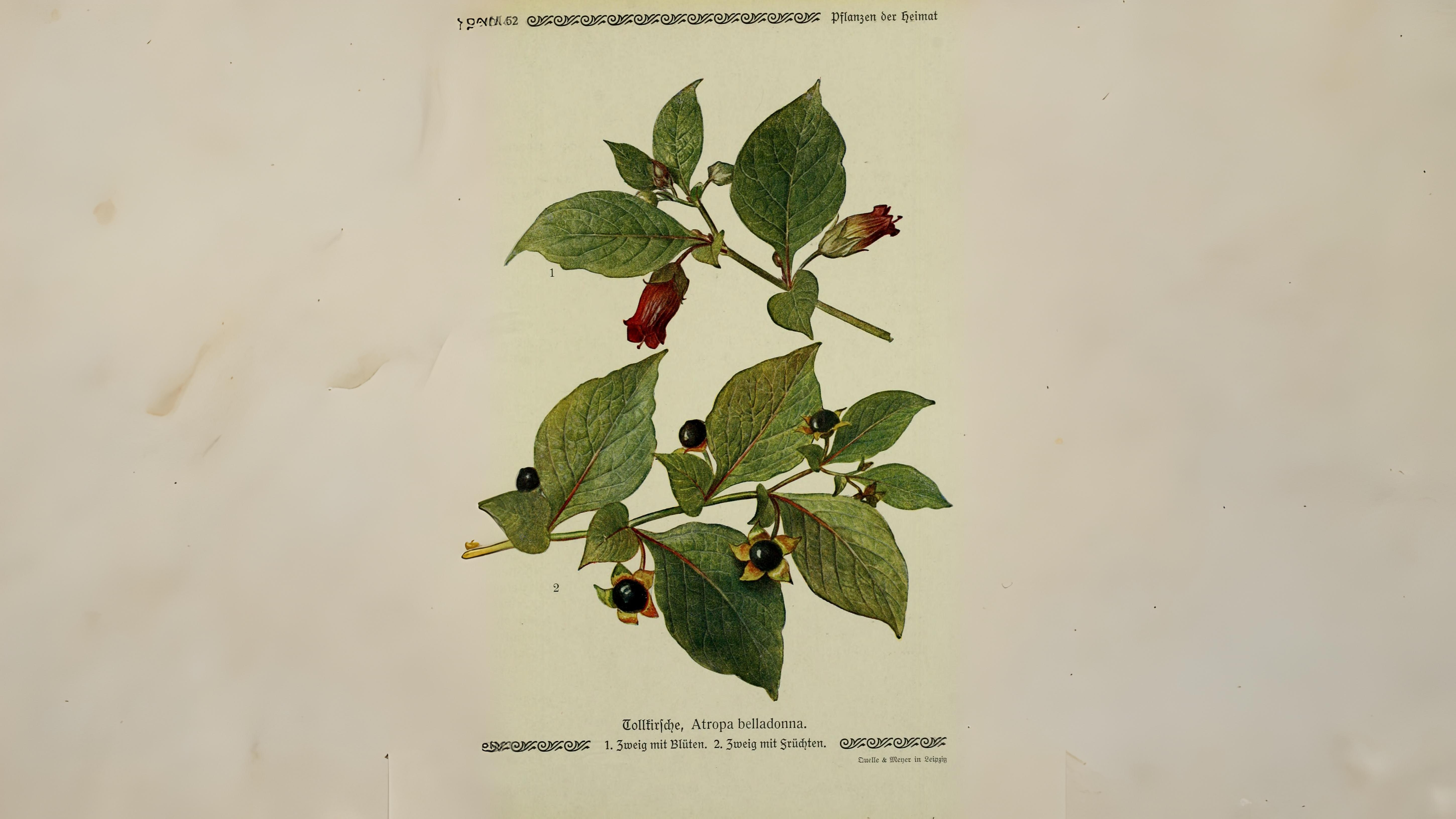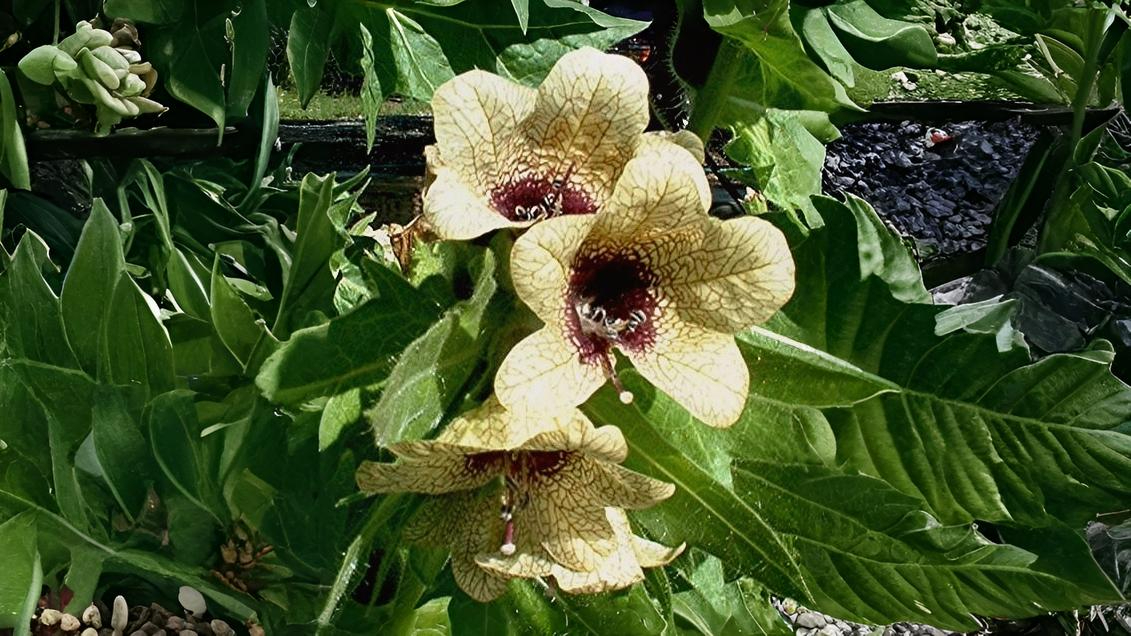


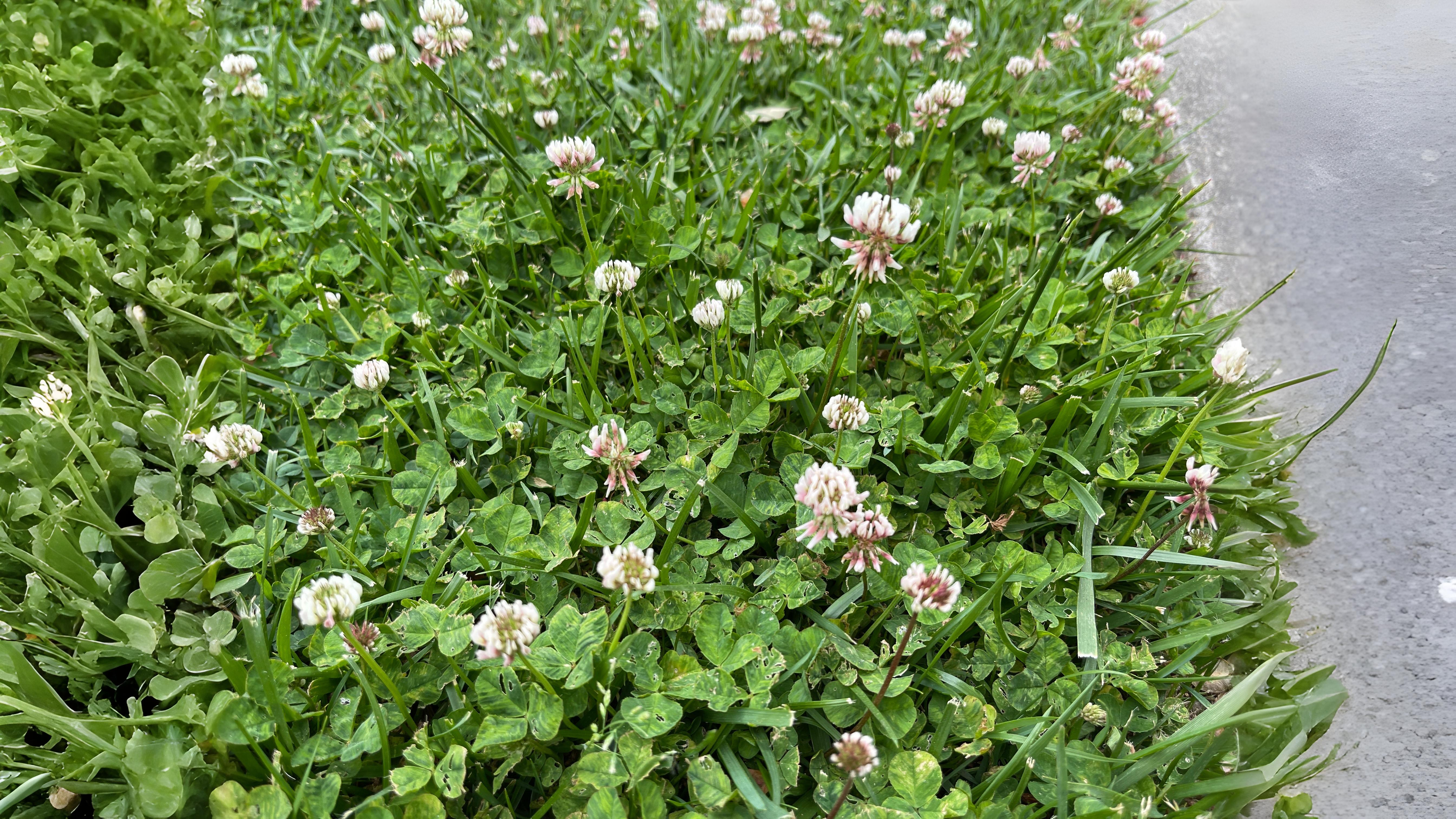

Poppies were supposedly created by Somnus, the god of sleep and given to Ceres, the goddess of summer crops to ease her cares. She is often depicted wearing them in her hair. They used to be seen almost covering fields in a sheet of scarlet as well as dotting old bomb sites. They are now seen in far less numbers.
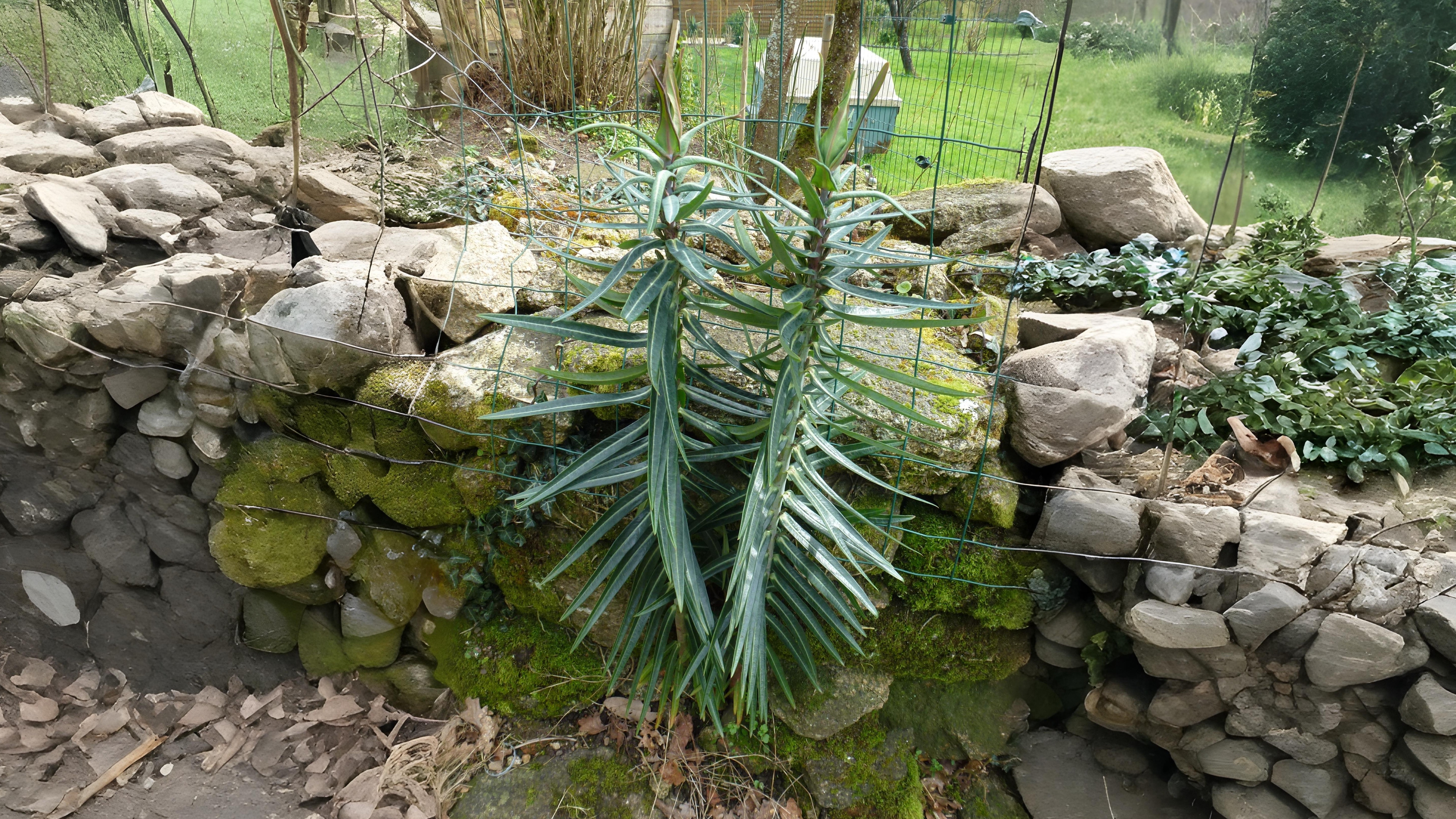

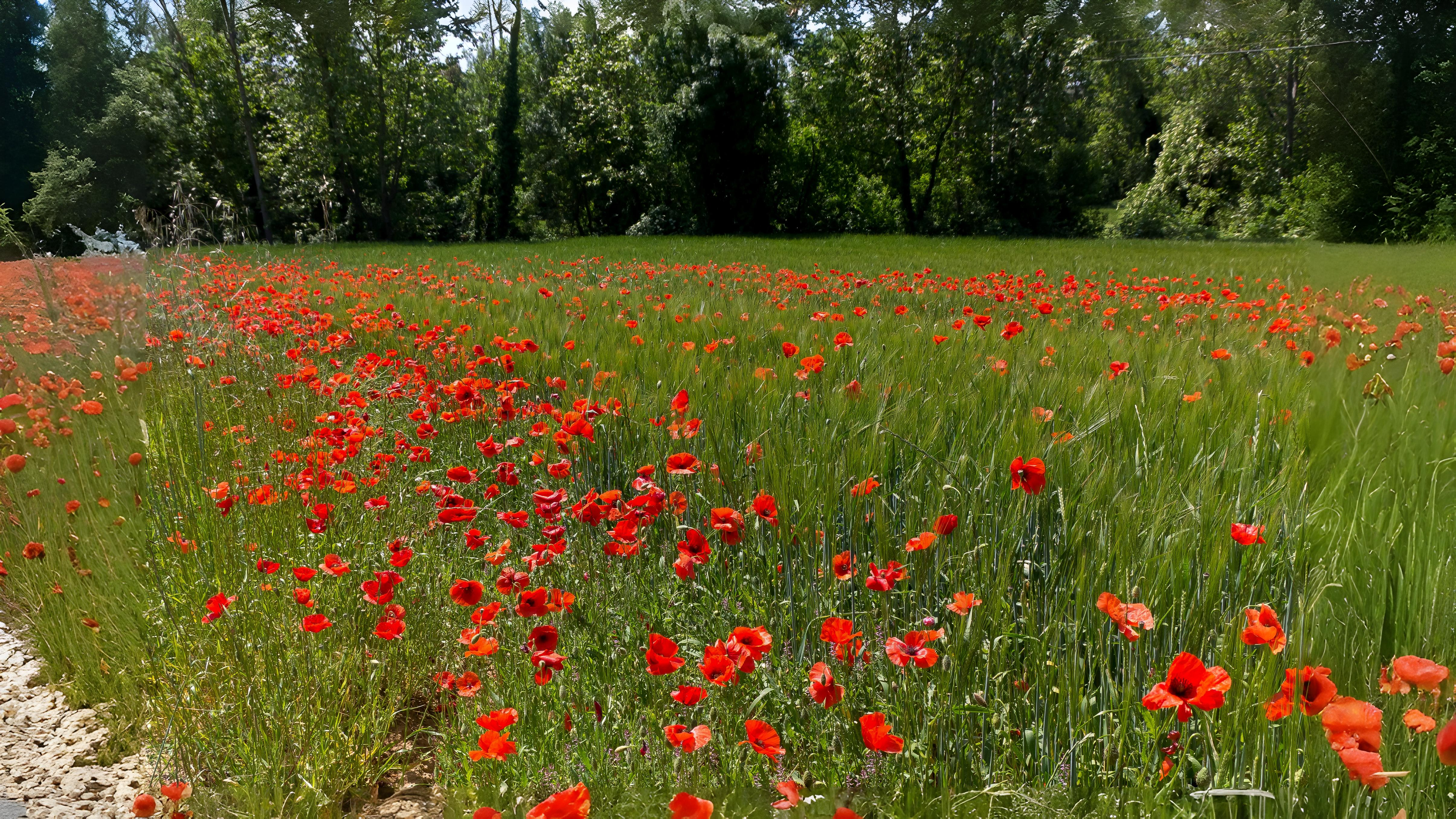



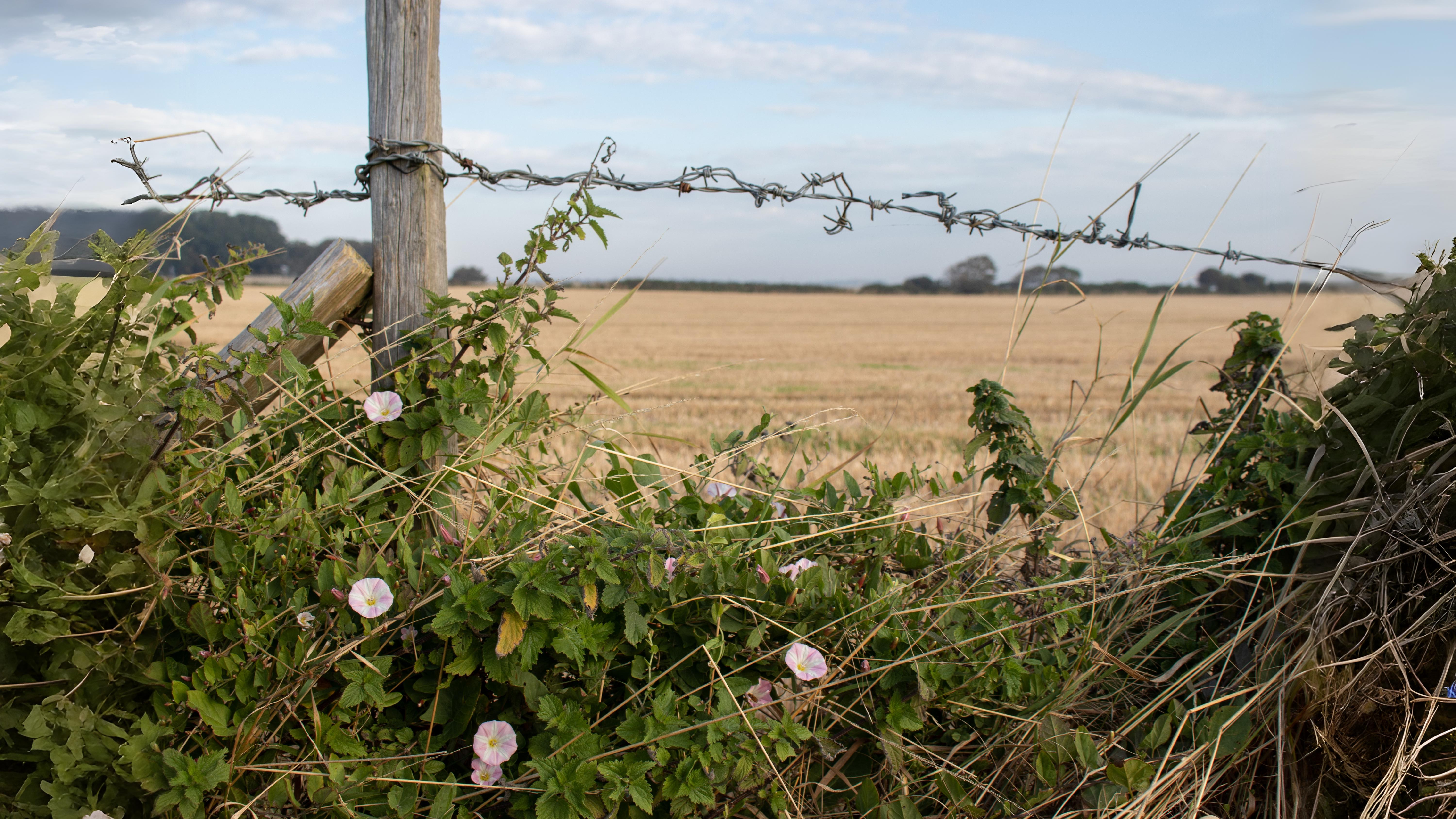

Of the thistles now starting to appear most common, most disliked and the poorest purple of all is the creeping thistle Cirsium arvense. Its dense, creeping habit means it forms the impenetrable patches so disliked by gardeners but its flowers are greatly loved by bees and its seeds by goldfinches. The parachuting “seeds” in actual fact, bear no seeds and are just parachutes alone. Just the occasional male produces viable seed.
